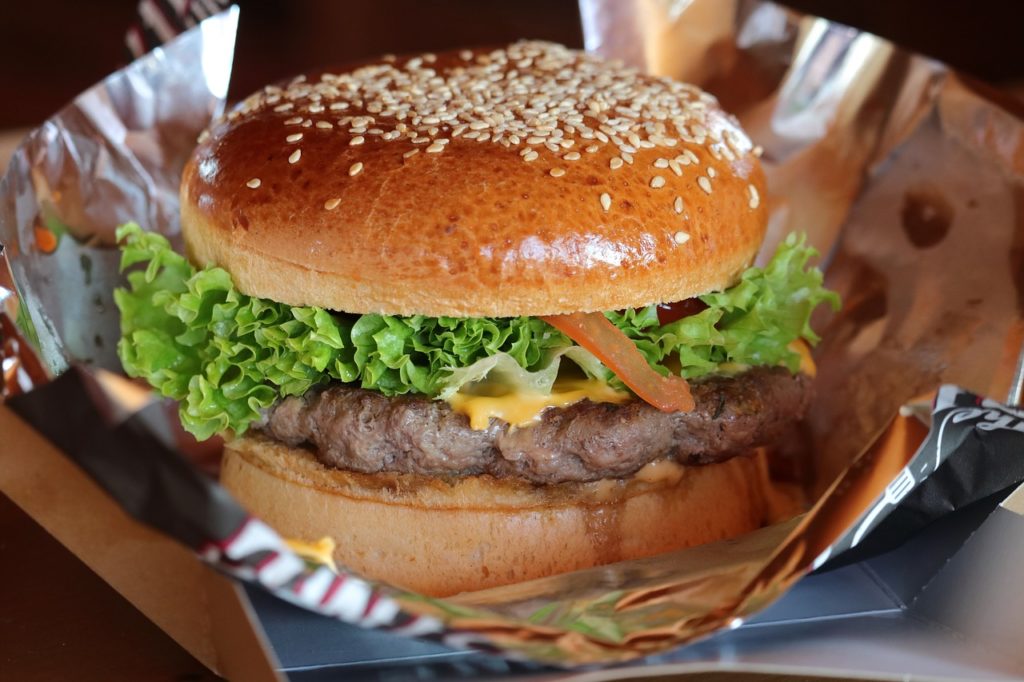
In these days of 100 percent togetherness, you need 30 minutes to yourself. And I have the perfect scenario to make that happen: picking up a take-out order from a favorite restaurant. Not only will it get you out of the house for a much-need stretch of alone time (I see so many people hanging out in their cars in parking lots outside supermarkets and drug stores these days) but it will provide serious support to Marin’s community hubs and social gathering spots: restaurants.
“Please pick up,” says Tiburon resident Benson Wang, CEO and founder of SL Hospitality (Palm House, the Dorian, and Bergerac in San Francisco and the Flamingo Hotel in Santa Rosa). With delivery services like UberEats and DoorDash charging restaurants 25–30% per order and a delivery fee to consumers on top of that, restaurants are hanging their hat on delivery as an unsustainable stop-gap to pay some of the bills and maintain supplier relationships. “And if you want to show up on these services’ home page, restaurants are asked to discount further just to show up in the queue” Wang says.
According to Wang, restaurants pay commissions on a daily basis to delivery providers like Uber Eats and DoorDash. And it is widely reported that GrubHub and other services are deferring payment of up to $100 million of these commissions for up to a month (here is the fine print on this optional program and the latest offer from GrubHub and the news as of April 10 where DoorDash cuts commissions in half through May) which, in the short term, can help businesses like Wang’s manage their cash flow. But the long-term impacts will be crushing. “A lot of these businesses are trying to create a sustainable business model– they need to pay their drivers, too” Wang says. “But what is exposed is that this is unsustainable. Unless there are ancillary sales [seating customers at restaurants], our revenue is wiped and our profit is wiped.”
Ordering via phone circumvents those delivery fees and the fees of services like chownow who provide a platform for online ordering. “They have your menu online and still are charging 10 or 15%,” Wang says. “It is best to call. Most small businesses do not have infrastructure to build it in themselves.” Wang also recommends ordering ahead so the business does not get slammed.
Kiko Rodriguez, co-owner with Nick Gordon of Dine-in Marin and a Novato native, says “we have never asked for 25 or 30%.” A small business based in Petaluma, Dine-in Marin is often cross-listed with DoorDash or other delivery services but gives Marin restaurants a less expensive option for delivery. “We are cheaper because we pay restaurants via check,” Rodriguez says. “It is not a transaction in the moment.” The customer still pays delivery fee but that’s it. Rodriguez says some customers ask for a small markup. “They might have to increase the amount of equipment for delivery” if it is not already built into their business model, Rodriguez says. The fee is $6.95 to $8.95 for orders placed through Dine-In Marin’s call center and 105 Marin restaurants are now listed on their site, an increase of 12% since the shelter-in-place first took effect.
“It’s very favorable from a restaurant point of view,” Rodriguez says.
Experiences at local restaurants vary and restaurants that had already built a take-out business are, in these early days of shelter-in-place, more seamless than those who are new to take-out. Proper prior planning can help smooth things along. “Call ahead,” says Perry Butler, owner of the Perry’s restaurants in Larkspur and San Francisco. “We will have it ready for you.”
Wang, who is also Treasurer of the Golden Gate Restaurant Association affirms that anything you can do to support small local businesses is incredible. “Our community is going through a renaissance and anything that can support small business and restaurants is appreciated more than you know.” Amen to that.

